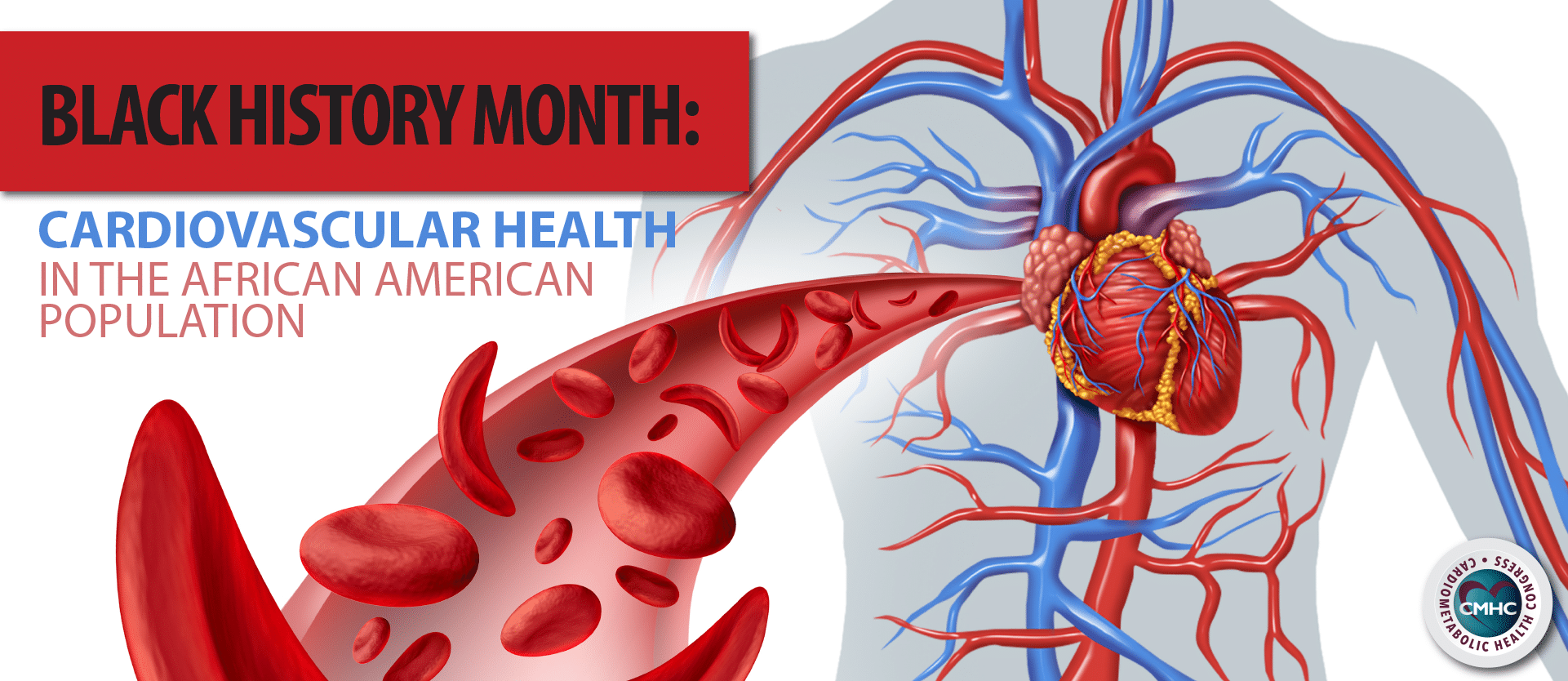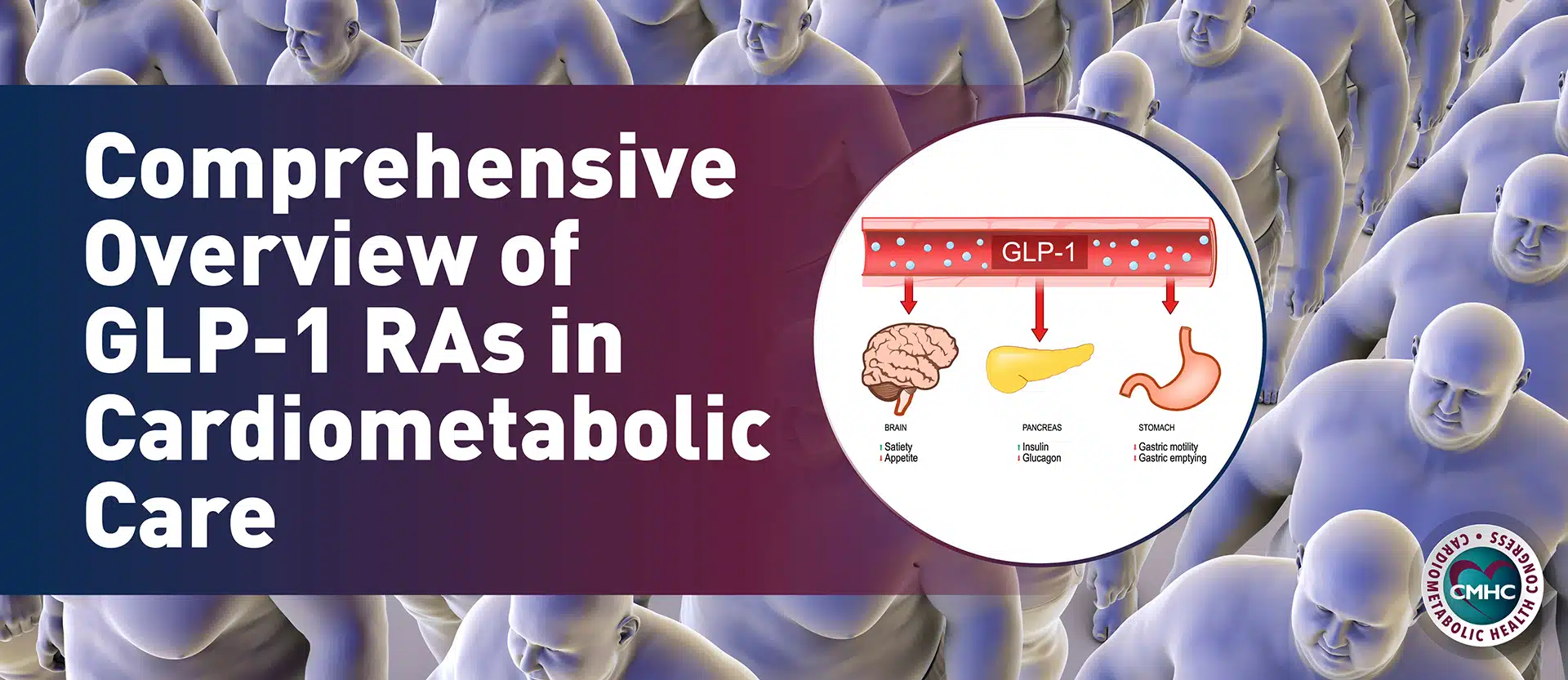February marks the beginning of Black History Month a tribute to African American men and women and annual commemoration of their achievements throughout U.S. history. Coinciding with American Heart Month, which strives to raise awareness among the population about cardiovascular health and disease prevention, the month of February brings much needed attention to persisting gaps in heart health outcomes between racial and ethnic groups in the United States. Despite significant advances in risk factor identification and improved management strategies for CVD, racial disparities in CVD morbidity and mortality remain, disproportionately affecting the African American population.
Cardiovascular Health in the African American Population
Little has changed since 2005 when notable disparities in prevalence, disease management, and health outcomes were first reported, notes the American Heart Association in a scientific statement on cardiovascular health in African Americans . Released for clinician, public health professional, and policy maker use, the statement reveals persisting racial disparities in risk factor prevalence, CVD incidence, and health outcomes, emphasizing the urgent need to mitigate the adverse trends and promote cardiovascular health equity.
Examining the state of cardiovascular health in the African American population reveals disparities in population-wide reductions in cardiovascular disease incidence and mortality. Despite the decreasing mortality rates particularly evident in non-Hispanic whites, the African American community continues to bear a significantly higher burden of CVD incidence and mortality, which is one of the primary causes of disparities in life expectancy between the two racial groups.
Currently, cardiovascular disease remains the leading cause of death for most racial demographics in the United States, including African Americans, American Indians, and non-Hispanic whites. As the second largest racial minority after Hispanics, African Americans make up 13.3% of the U.S. population yet account for over 75,000 deaths attributable to heart disease per year. As a demographic, African Americans face increased cardiometabolic risk, decreased life expectancy, and a greater incidence of cardiovascular events as well as poorer cardiovascular health across most health metrics when compared with non-Hispanic whites. Differences in CVD rates, risk factor prevalence, and patient outcomes highlight the need to better tailor care strategies to the unique considerations for disease prevention and management in this group.
Disparities in Life Expectancy
Per data from the Centers for Disease Control African Americans are expected to live an average of 75.54 years, which is approximately 11 years less than Asian Americans . The differences are even more striking when examined by race and sex. White women have the longest life expectancy at 81.4 years, followed by black women at 78.4 years, white men at 76.7 years, and black men have one of the shortest life expectancies at 72.3 years.
Cardiovascular diseases were estimated to account for 32% of the mortality difference between African American and white men, and 43% of the gap between African American and white women in 2009. These conditions contributed to over 2 million years of life lost in the African American population between 1999 and 2010.
Evidence from Princeton University suggests socioeconomic factors are to blame with socioeconomic differences accounting for 80% of the life expectancy gap between black and white men, and 70% of the divide between black and white women. Research also reveals that racial gaps in mortality may be related to income disparities as well; income accounted for 52% of the life expectancy gap between black and white men and 59% of that for women, per data from the study .
Elevated Cardiometabolic Risk
As a demographic, the African American population experiences elevated cardiometabolic risk, evidenced by the high number of years of life lost to CVD risk factors – including hypertension and diabetes – and cardiovascular disease. The high prevalence of established cardiovascular risk factors may result in earlier age of onset of cardiovascular disease, resulting in poorer heart health and patient outcomes. Hypertension, diabetes mellitus, prediabetes, and obesity are some of the most significant cardiovascular disease risk factors affecting African American population health over the past 20 years.
Currently, hypertension is the dominant risk to cardiovascular health in this demographic and presents the greatest area of opportunity for improving prevention effort. With one of the highest prevalences of diagnosed and undiagnosed hypertension in the world, African American men (42.4%) and women (44%) have been experiencing rates of hypertension between 10% and 12% higher than those in non-Hispanic whites since 1999. Today, the prevalence of hypertension remains just as high and may contribute directly to disparities in stroke, heart failure, and peripheral artery disease.
In addition, African Americans experience a markedly higher incidence of diagnosed and undiagnosed type 2 diabetes mellitus, with rates of 21.8% in African Americans versus 11.3% in non-Hispanic whites. Furthermore, 37% of African American individuals with diabetes mellitus were undiagnosed. The prevalence of diabetes mellitus in this racial group has increased from 8% between 1988 and 1994 to current rates nearly three times higher.
Prediabetes has also increased in prevalence from 14% in 1988 to 1994 to 20% in 2005 and 2010, per data from the AHA’s statement. Current research finds that African American men develop diabetes mellitus 1.52 times more often than white men, while African American women are over twice as likely to develop diabetes mellitus than white women.
Obesity, another important risk factor, occurs at higher rates among African American populations than in non-Hispanic whites. In 2000, about 20% of African American children between 2 and 19 years of age were obese compared with 15% of whites, while rates of extreme obesity were more than double. Within the adult population, African American women had the highest rates of obesity at 58%, followed by African men at 38%. Similarly, the prevalence of severe obesity (12.1%) was double that of the next highest groups – Hispanics at 5.8% and whites at 5.6%. Despite population-wide lifestyle intervention efforts, elevated rates of obesity remain in the African American population.
Comorbid Conditions
Not only do African American individuals experience elevated rates of cardiovascular risk factors, but they also face an increased risk for comorbid conditions; certain health conditions that may predispose individuals to CVDs occur more commonly in the demographic. Chronic kidney disease, sickle cell disease and sickle cell trait, as well as HIV have been found to occur at relatively higher rates among African Americans. This demographic has an excess burden of chronic kidney disease, in part due to higher than average prevalence of hypertension and diabetes mellitus, as well as genetic factors such as the sickle cell trait, associated with higher rates of albuminuria and chronic kidney disease.
Accounting for over 40% of individuals living with HIV in the U.S., African Americans are disproportionately affected by the infection, having the highest prevalence among racial and ethnic groups. Current literature implicates that HIV may increase CVD risk, requiring the implementation of HIV-specific prevention and treatment strategies for cardiovascular disease management.
Despite currently available therapies and prevention techniques, disease management has been found to be less effective among African Americans, yielding higher mortality rates and widening the gaps in life expectancy, CVD incidence, and health outcomes between racial groups. Although the effective implementation of evidence-based guidelines could improve cardiovascular health in this group, interventions have been moderately successful and changes have proven unsustainable thus far. Explanations for the persisting disparities are multifactorial, spanning from individual-specific factors to the greater socioeconomic environment of the racial group, and require careful consideration to guide the development of comprehensive and effective management protocols. Promoting cardiovascular health equity, in particular for African American populations, requires a multi-disciplinary approach involving clinicians, researchers, and policy makers to reverse adverse trends and reduce the significant burden of morbidity and mortality from cardiovascular diseases within this demographic.


















